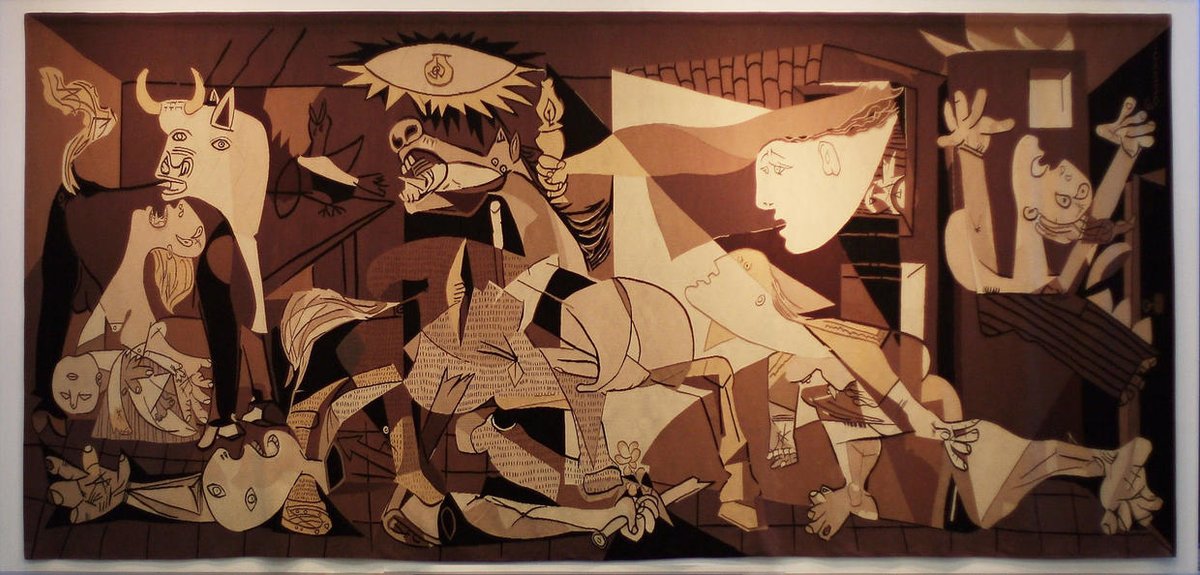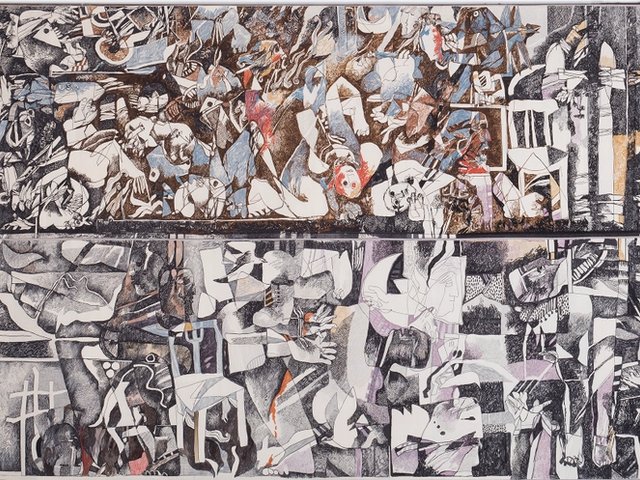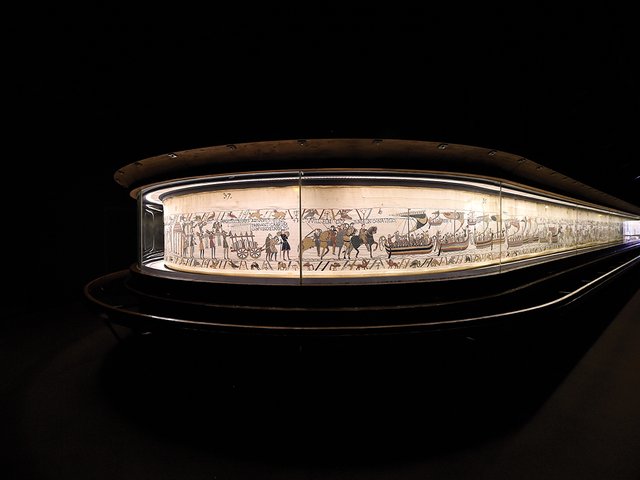A tapestry depicting Picasso's epic painting Guernica, which for 35 years had hung outside the entrance to the Security Council at the United Nations (UN) headquarters in New York, has been removed and returned to its owners, the Rockefeller family.
The work was commissioned in 1955 by the diplomat and philanthropist Nelson A. Rockefeller, who requested the Atelier J. de la Baume-Durrbach to weave him a copy of Picasso's famous 1935 anti-war work, created as a reaction to the Nazi bombing of the Spanish town of Guernica. Reportedly, Rockefeller was driven to do so after Picasso refused to sell him the original. Rockefeller lent the tapestry to the UN in 1984 and it was unveiled on 13 September the following year.
However, Rockefeller's son, Nelson A. Rockefeller, Jr, "recently notified the UN of his intention to retrieve [the tapestry]" and it was returned to him earlier this month, according to a letter sent from the UN's Chef de Cabinet Maria Luiza Ribeiro Viotti to the Security Council's president.
The Rockefeller family did not give a reason for the tapestry's removal in the letter.
The tapestry was at the centre of a controversy in February 2003, just before the outbreak of the US war in Iraq, when it was covered by a curtain before Colin Powell, then the US Secretary of State, addressed the UN. Government officials were reportedly concerned about the optics of Powell appearing in front of a famous piece of pacifist art while urging that American soldiers be sent into combat. And in 2009, the tapestry was loaned to the Whitechapel Gallery in London for its re-opening following a £13.5m renovation, where it was the centrepiece to an installation by the London-based Polish artist Goshka Macuga.
"I feel sad and a strange sense of loss looking at the empty wall that was recently graced by this tapestry," says Stéphane Dujarric, the spokesman for the UN Secretary-General, in a statement shared with The Art Newspaper. "It was not only a moving reminder of the horrors of war but, because of where it stood, it was also a witness to so much of the history that unfolded outside of the Security Council since 1985."
"I can tell you that the Secretary-General and others in the Secretariat made a real effort to keep it here, but we were not successful," he adds.
In the letter, Viotti said the United Nations Arts Committee would review options for new art to be displayed outside the chamber.




